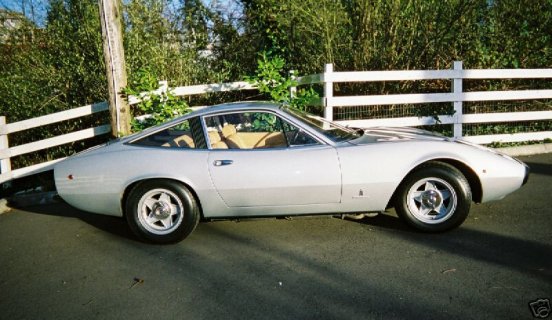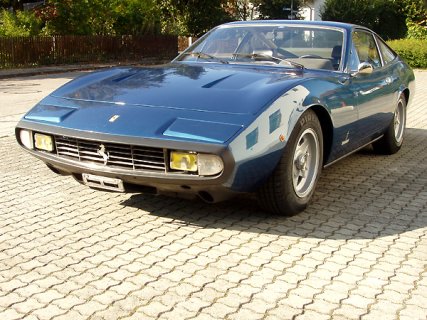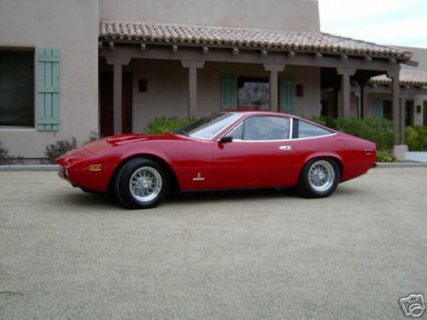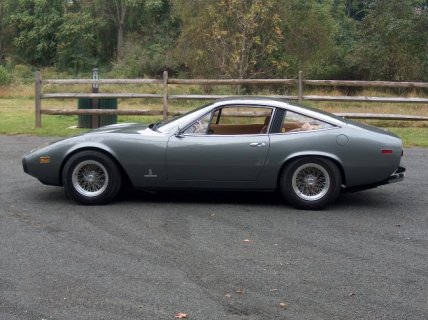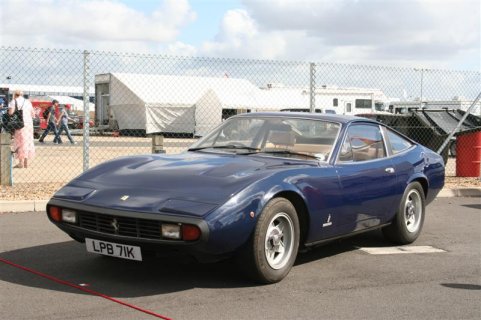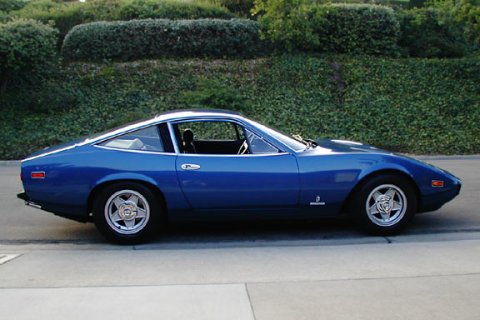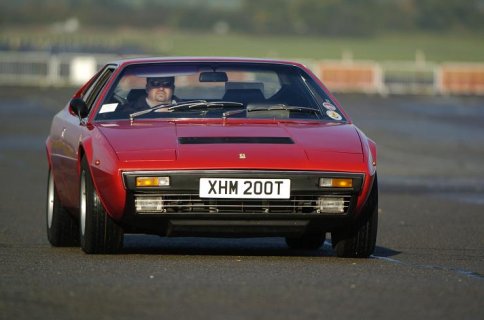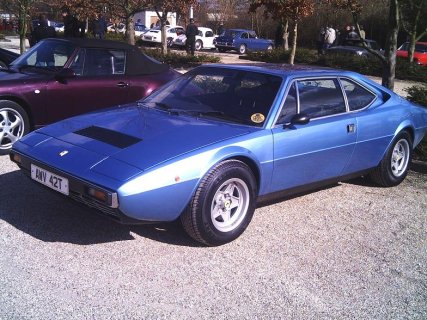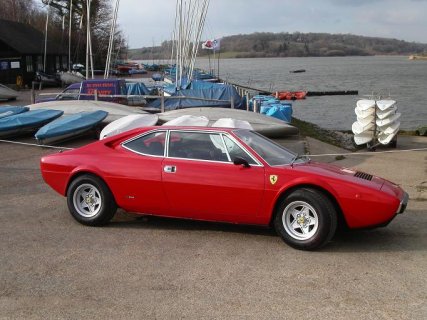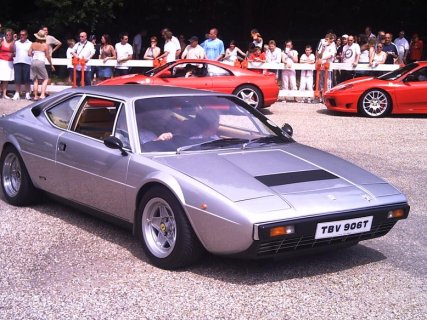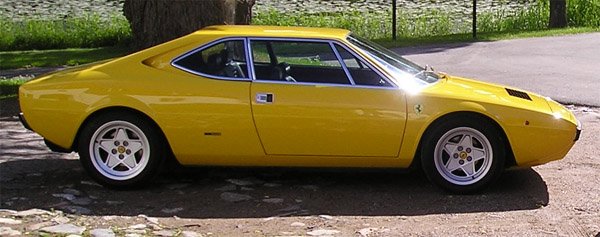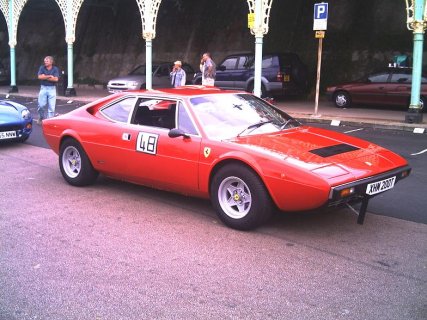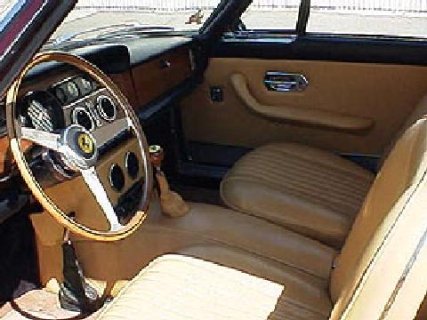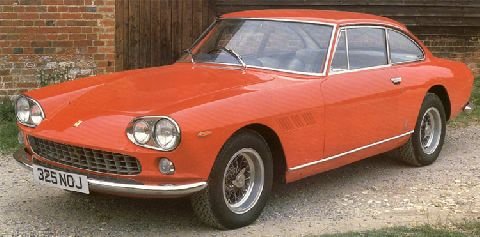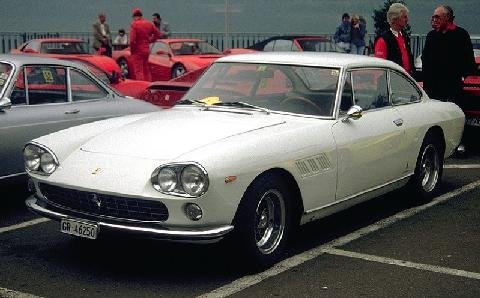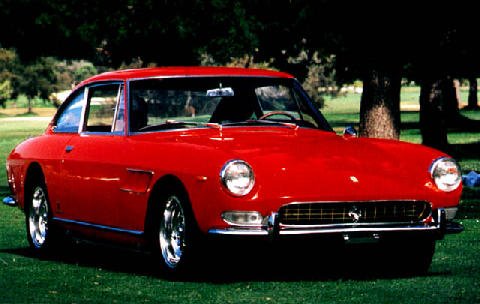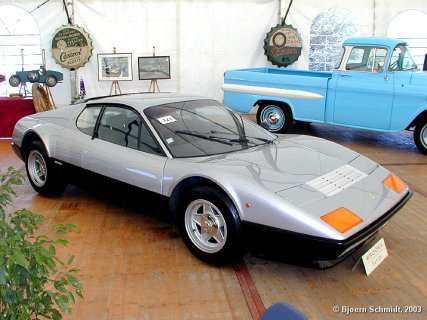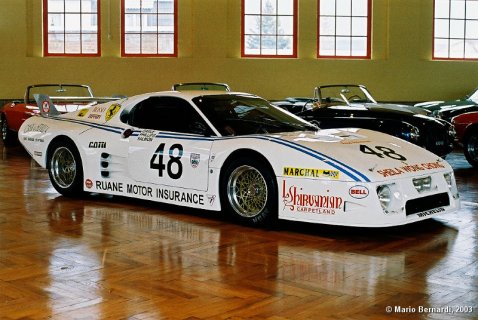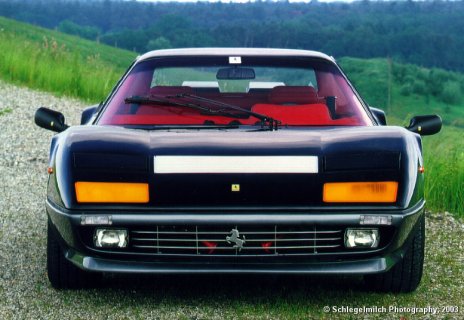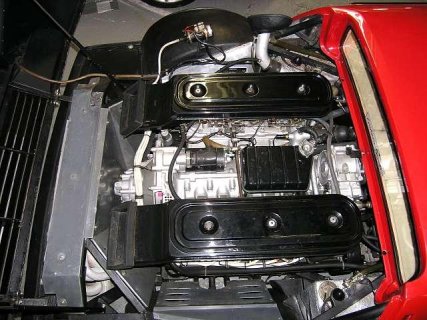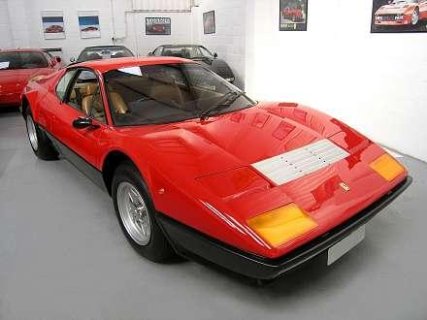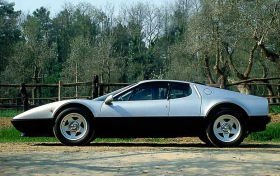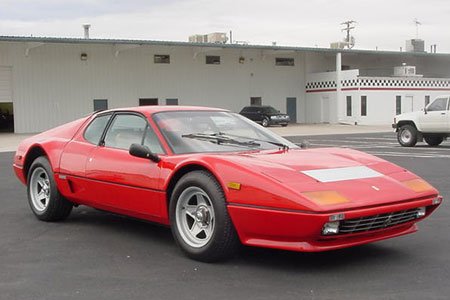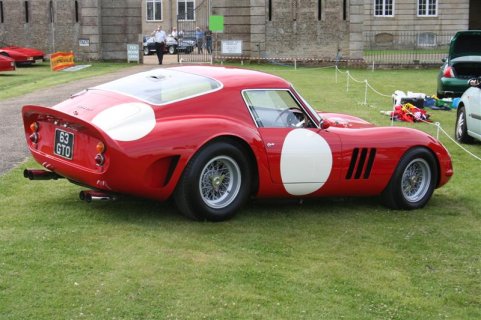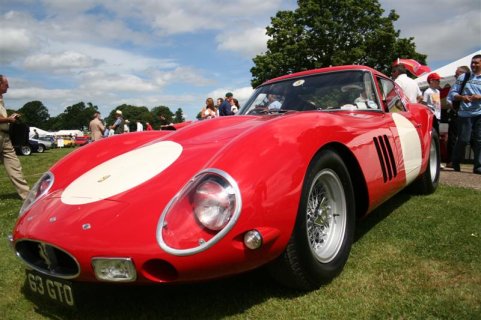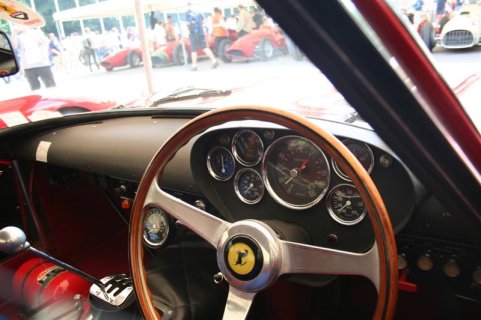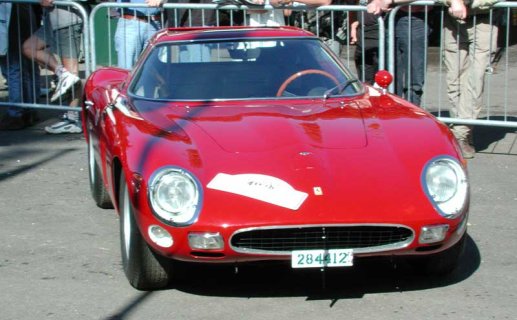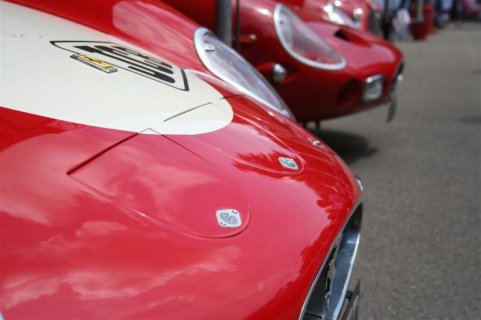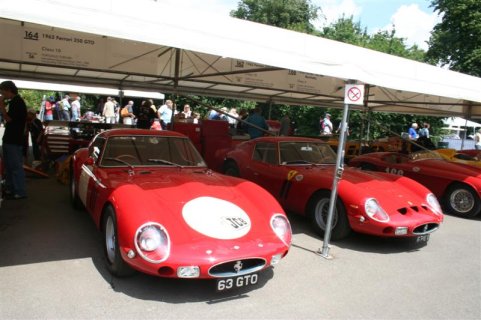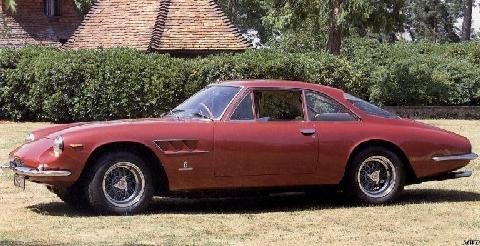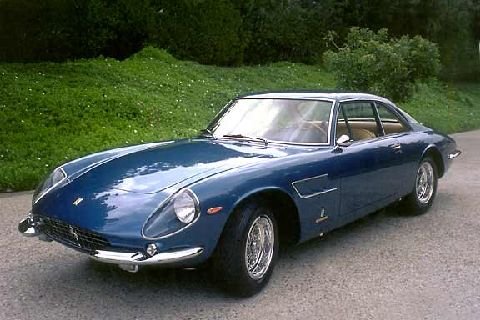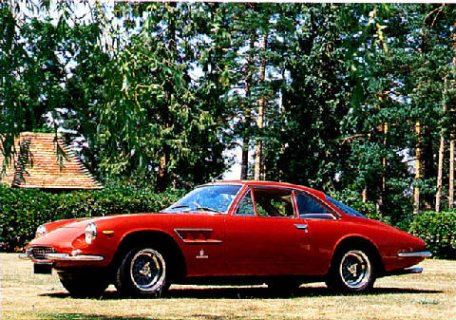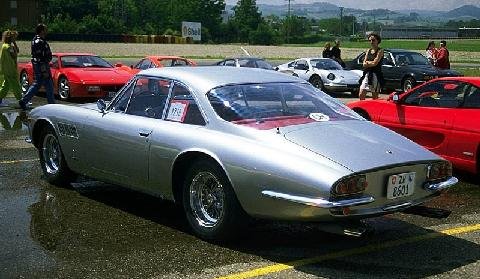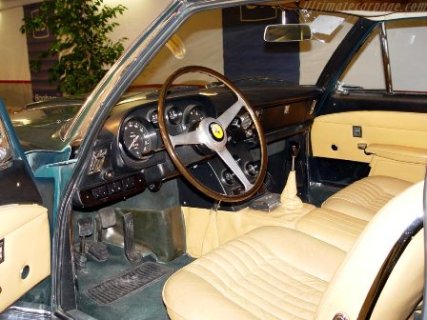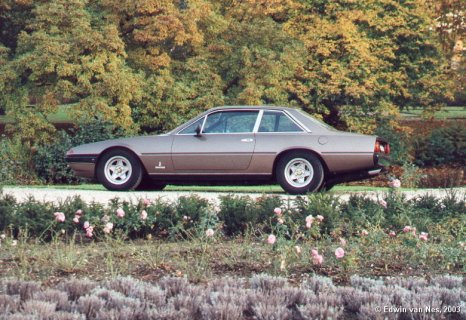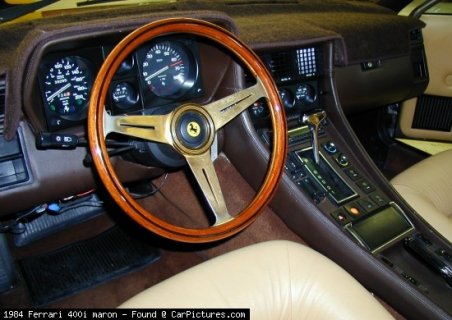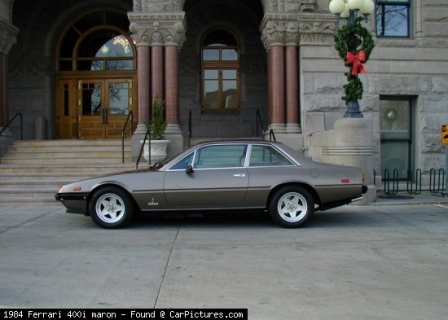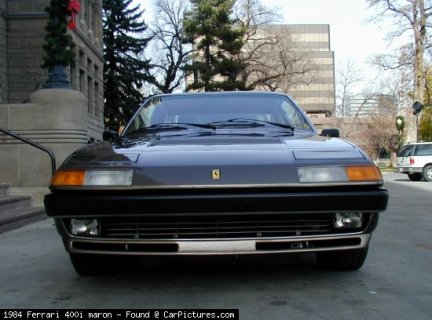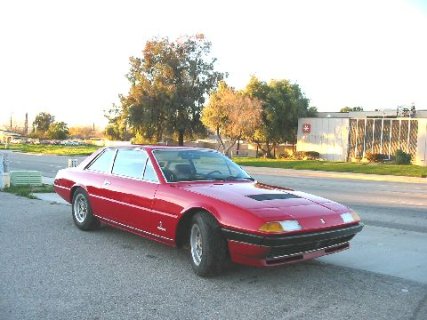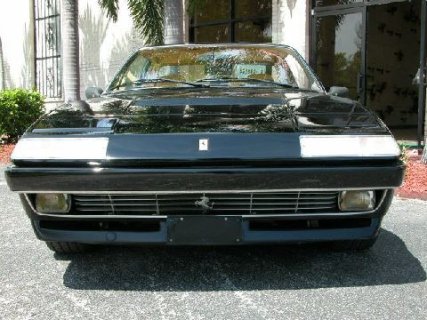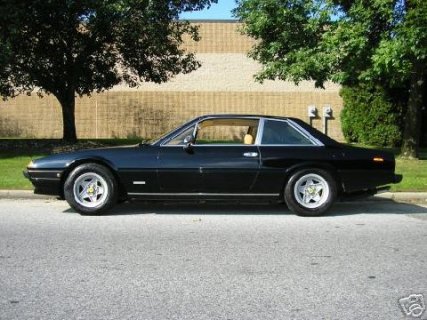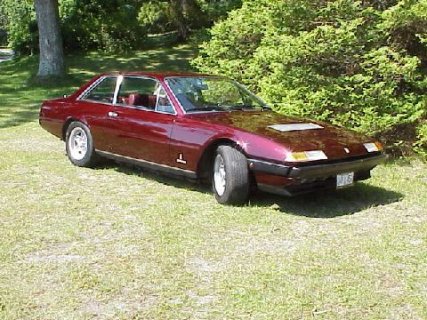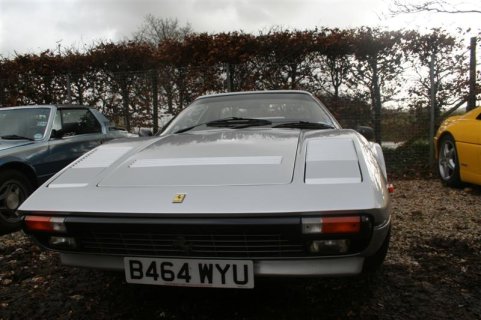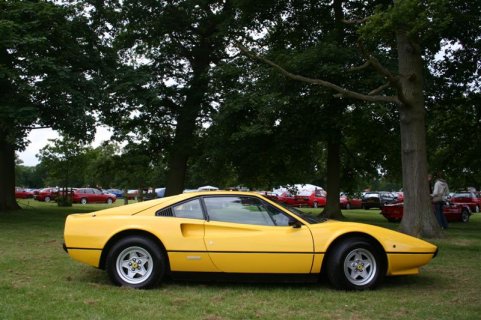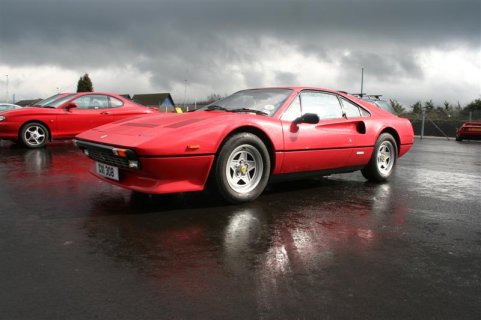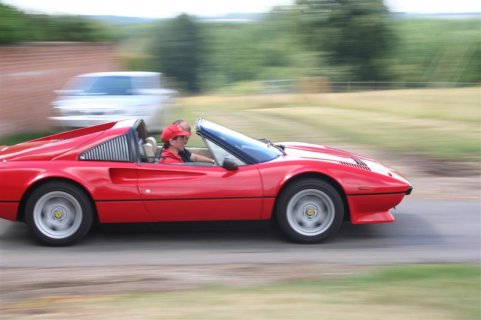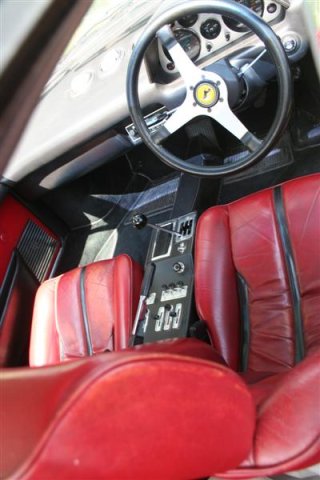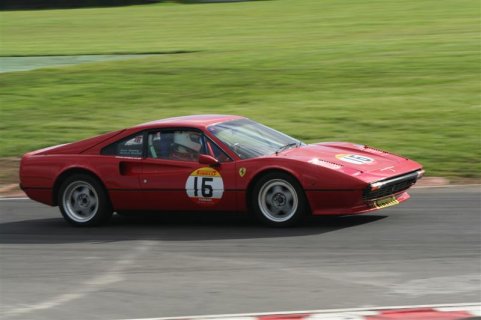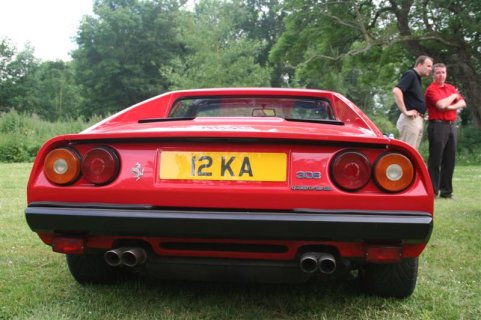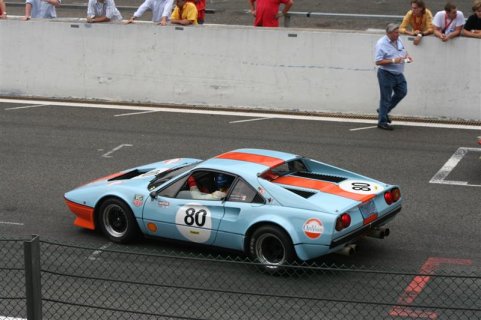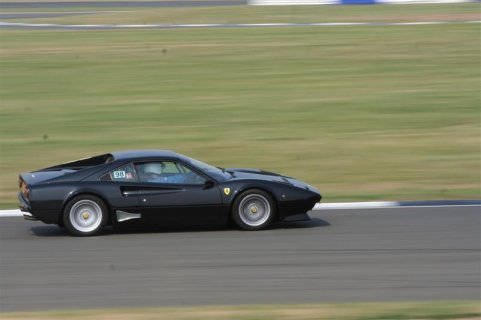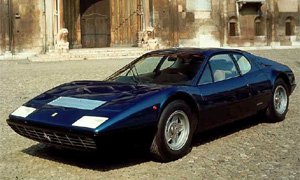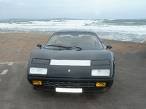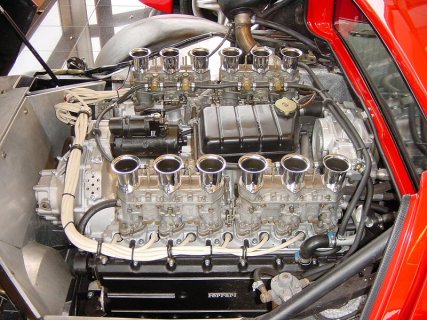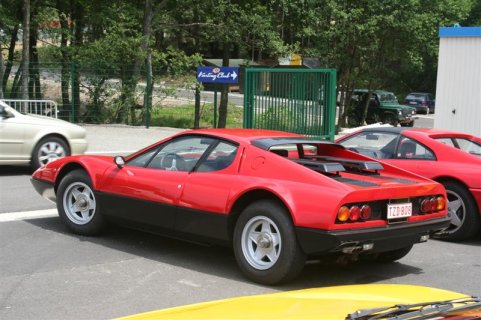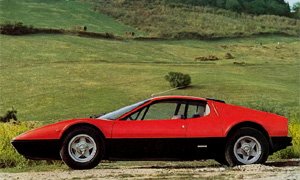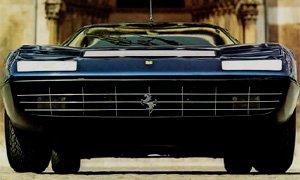365 Boxers
Copyright of the following article belongs to QV500
http://www.qv500.com/ferrariboxerp1.php
Replacing the immortal 365 GTB/4 Daytona, a car that has passed into motoring legend as one of the worlds finest, fastest and most exclusive GT vehicles - this was the almost impossible task facing Ferrari's Berlinetta Boxer. The new two-seater would be substantially different from previous models in two respects. Firstly, Ferrari opted for a Flat-12 engine - the traditional V12 had been ditched. Equally importantly though, the F1-derived motor would be mounted in the middle of the chassis to improve handling.
The first 12-cylinder Ferrari production car to use this configuration, for the firms customers it was an opportunity to own a true Ferrari supercar, Lamborghini having adopted the mid-engined layout nearly seven years earlier with their incredible Miura. Ferrari had some catching up to do then and the Berlinetta Boxer road cars evolved in three distinct series, the 365 GT4 of 1973 to ’76, the 512 of 1976 to ’81 and the 512i of 1981 to ’84. Additionally, three series of factory-built LM racing cars were manufactured by the Assistenza Clienti department. 1973's BB production car was inspired by the unique P6 Berlinetta Speciale, a one-off shown on Pininfarina's stand at the 1968 Turin Salon. An almost faultlessly executed design study, the P6 was conceptualised with a three-litre 500bhp 60° V12, but was itself nothing more than a rolling starlet, its greatest contribution having been to pioneer many stylistic details that would be found on Ferrari's mid-engined sports cars of the seventies. The 365 GT4 BB rode a traditional ladder type frame manufactured from welded tubular steel, this being designed from the ground up in order to accommodate that mid-mounted engine. Suspension was independent all round with coil springs and telescopic shock absorbers. Hydraulic ventilated disc brakes were fitted front and rear, as were the familiar five spoke light alloy knock-on wheels manufactured by Cromodora.
Ferrari’s longitudinally positioned, mid mounted Flat-12 featured a displacement of 4390cc thanks to a bore and stroke of 81mm x 71mm respectively. It was clearly derived from the three-litre motors used so successfully in the 312 B and B2 Grand Prix cars raced by the Scuderia Ferrari between 1970 and ’74. With compression set at 8.8:1 and four triple choke downdraught Weber 40 IF3 C carburettors, it produced 360bhp at 7500rpm, endowing the stunning GT4 Berlinatta Boxer with exceptional performance.
Always referred to as a Flat-12 over-square Boxer, the dimensions of these engines are actually more like those of a V-banked engine with an angle of 180°. Regardless, with a top speed in excess of 175mph and 0-60 in just 5.4 seconds, the GT4 BB was an impressive performer in 1973 and remains so even today. Because of its totally new layout, the Berlinetta Boxer inevitably looked radically different to front V12-engined GT’s of the past. Pininfarina, the Turin-based carrozzeria, had established an almost exclusive relationship with Ferrari stretching back twenty years and were unsurprisingly the designer of choice to clothe the firms new chassis and engine combination. Today, the Boxer stands as a testament to the quality of Italian automotive design in the seventies, period features mixing with an aggressive elegance that will never date. Scaglietti of Modena fabricated the bodywork entirely from steel apart from the doors, front lid and engine cover, all of which were in aluminium. So in vogue during the seventies and eighties, retractable headlights were mounted high up the sweeping front wings. Located above either clear plastic or orange-coloured supplementary light covers, they lent the Boxer a distinctive look albeit one not too unlike Lamborghini’s Countach. Between the retractable headlight pods was a brushed aluminium vent whilst the front lid led up to a rakish teardrop-windowed cabin.
Flying buttresses swept from the convex back window to the rear wing extremities, the BB's tail being of the Kamm cut-off variety with a minimal overhang. Like the 365 GTC/4 and GT4 2+2, the tail housed triple light clusters either side of the rear facia, a six exhaust set-up having been a rare treat. With its mixture of creases and curves, Pininfarina's stunning Berlinetta Boxer has to rank as one of the most accomplished automotive designs of its era. Importantly though, it remains one of only a few to retain great elegance.
Inside, the cabin was also created by Pininfarina who managed to combine traditional Ferrari detailing with a cockpit that shared no real componentry or dimensions with any previous models. Trimmed in a manner that befitted such an expensive machine, the Boxer was appointed for high-speed grand touring, the interior bearing little similarity to competition machines of the period. Well-padded, stylish and trimmed in leather, the seats took some cues from previous models but were now less heavily bolstered than before. The leather-covered instrument binnacle and dash became more boxy and less aesthetically pleasing. Traditional Ferrari items like the triple aluminium spoked, leather-rimmed steering wheel and chrome-plated open gate gear shift were included in a cabin that overall should be applauded for its ingenuity and styling. Although launched production-ready at the Paris Salon during October 1973, the first prototype had been seen as long ago as Turin ’71 but nevertheless, Ferrari's new berlinetta caused a sensation and despite some commentators mourning the loss of a front-engined GT, almost everyone agreed the new model was a seriously impressive motorcar. Production continued until late 1976, by which time the successor to this 4.4-litre 365, the new 5-litre 512, had replaced it. 387 GT4 Boxer's were completed in little more than three years, 58 of which were in right-hand drive.

